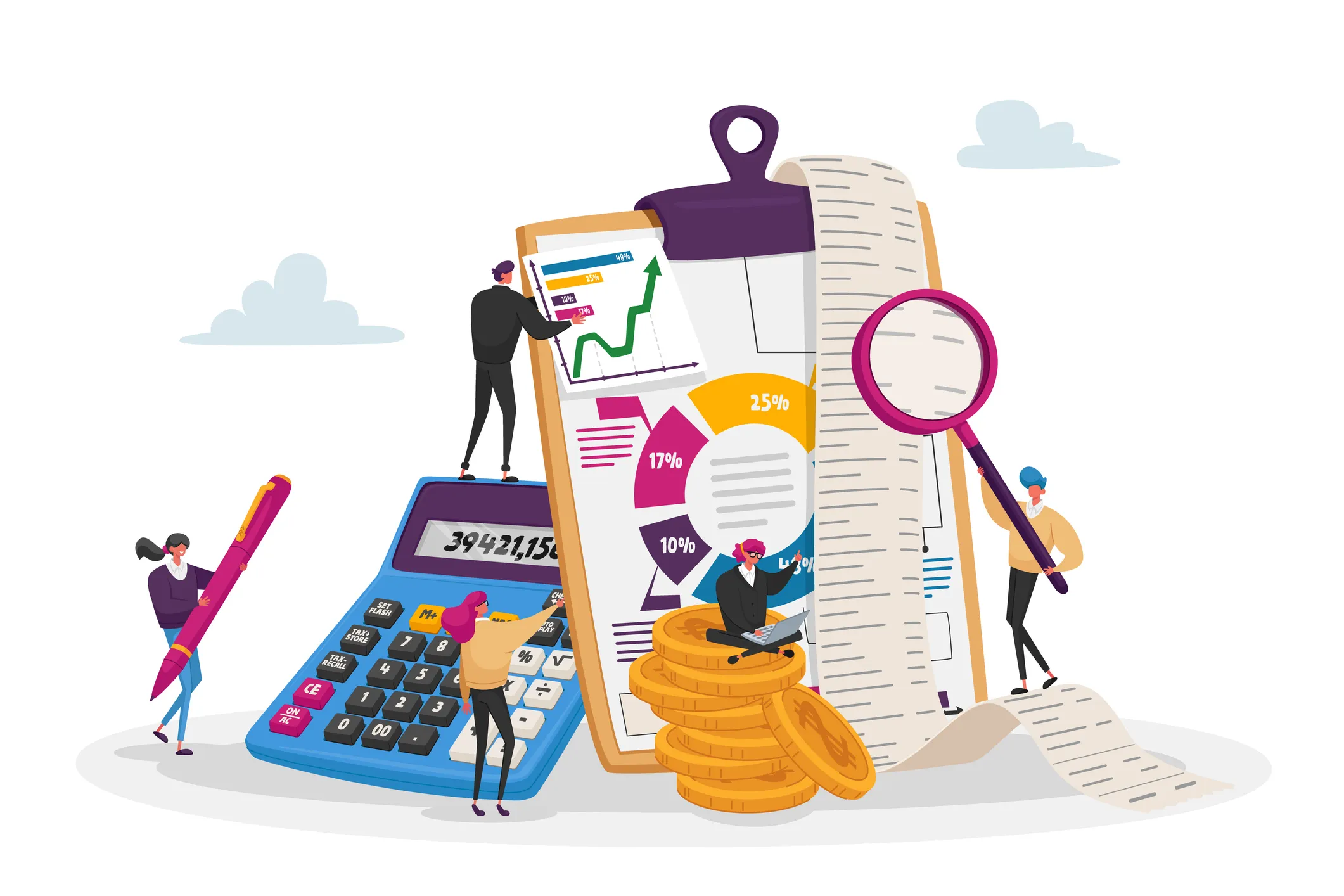Banking
 Read our Blog: A New Way to Know Your Customer: Inside the FinCEN TIN Collection Exemption
Read our Blog: A New Way to Know Your Customer: Inside the FinCEN TIN Collection ExemptionThis blog explores how a recent FinCEN ruling allows financial institutions to collect your taxpayer identification number (TIN) from a trusted third party, streamlining the digital account opening process while maintaining strong identity verification and enhancing customer trust.
 Read our Blog: Prove Partners with FNBO to Modernize Onboarding Experience
Read our Blog: Prove Partners with FNBO to Modernize Onboarding ExperienceProve's partnership with FNBO modernizes customer onboarding by leveraging the Prove Pre-Fill identity verification solution to create a seamless, secure, and digital-first experience for co-branded cards.
 Read our Blog: A Watershed Moment for Digital Banking: FDIC's New Stance on Pre-Filled Data Paves the Way for a Safer, Faster Future
Read our Blog: A Watershed Moment for Digital Banking: FDIC's New Stance on Pre-Filled Data Paves the Way for a Safer, Faster FutureIn this blog, we detail how the FDIC's new guidance, influenced by Prove's advocacy, allows banks to use pre-filled customer data for CIP. This change, empowering solutions like Prove Pre-fill®, significantly reduces friction, enhances security, and improves financial inclusion in digital banking by streamlining account opening and combating fraud.
 Read our Blog: The Anatomy of a Systemic Failure: The U.S. Banking System as a Conduit for Transnational Crime
Read our Blog: The Anatomy of a Systemic Failure: The U.S. Banking System as a Conduit for Transnational CrimeThe U.S. banking system is a conduit for transnational crime, with systemic failures in identity verification and a lack of oversight, enabling fraud and money laundering. Read Prove’s call to action for the financial industry.
 Read our Blog: The GENIUS Act: Unpacking the Regulatory Nuances for AML/CFT and Sanctions Compliance
Read our Blog: The GENIUS Act: Unpacking the Regulatory Nuances for AML/CFT and Sanctions ComplianceExplore how the recently enacted GENIUS Act will shape the stablecoin industry's regulatory landscape, focusing on the crucial AML, CFT, and sanctions compliance details emerging from upcoming implementing regulations.
 Read our Blog: How Sponsor Banks Can Thrive in the Era of Heightened BaaS Scrutiny
Read our Blog: How Sponsor Banks Can Thrive in the Era of Heightened BaaS ScrutinyDiscover how sponsor banks can navigate increased scrutiny in the Banking-as-a-Service (BaaS) landscape. Learn strategies to ensure compliance, mitigate risks, and foster sustainable growth in this evolving era.
 Read our Blog: Types of Check Fraud and Their Challenges
Read our Blog: Types of Check Fraud and Their ChallengesLearn how the convergence of physical and digital tactics is also evident in the rise of mail theft and check washing.
 Read our Blog: What is Check Fraud? Learn How it Works and How Banks are Fighting Back
Read our Blog: What is Check Fraud? Learn How it Works and How Banks are Fighting BackLearn what check fraud is, how it works, and how banks are using innovative ways to eliminate check fraud activity.
 Read our Blog: Check Fraud in 2025: How Banks Can Fight Back
Read our Blog: Check Fraud in 2025: How Banks Can Fight BackThis blog post discusses the ongoing issue of check fraud in 2025, highlighting its impact on financial institutions and customers, and explores how technology-driven solutions like AI and automation can help prevent it.
 Read our Blog: What Is Phone-Centric Identity?
Read our Blog: What Is Phone-Centric Identity?Phone-Centric Identity™, also known as Mobile Identity, Device Intelligence, or Phone Intelligence, refers to technology that leverages and analyzes mobile, telecom, and other signals for the purposes of identity verification, identity authentication, and fraud prevention.
 Read our Blog: What Does the Rise in Credit and Loan Application Fraud Mean for Banks?
Read our Blog: What Does the Rise in Credit and Loan Application Fraud Mean for Banks?Application fraud occurs when an applicant submits inaccurate information to a creditor, property manager, or any entity relying on personal data for customer approval.
 Read our Blog: Why Banks Must Fortify Identity-Proofing to Combat Crypto Fraud
Read our Blog: Why Banks Must Fortify Identity-Proofing to Combat Crypto FraudCryptocurrencies, originally hailed for their potential to revolutionize finance, have unfortunately become a breeding ground for a variety of scams.











